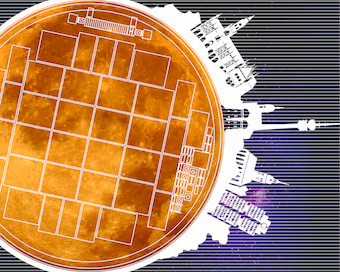Speaker
Description
Due to their radiation hardness, 3D sensors are a promising option for the innermost pixel layers at the High
Luminosity LHC. However, the required very high hit-rate capabilities,
increased pixel granularity, extreme radiation hardness, and reduced
material budget call for a device downscale as compared to existing 3D
sensors, involving smaller pitch (e.g., 50×50 or 25×100 µm2 ), shorter
inter-electrode spacing (~30 µm), narrower electrodes (~5 µm), and reduced
active thickness (~100-150 µm). Within a joint R&D effort with INFN, FBK has produced a new generation of 3D pixel sensors with these challenging features. In this talk preliminary
results from the electrical and functional characterization of the first
prototypes are reported, included their behaviour after large radiation
fluences, close to the ones expected in the High Luminosity LHC environment.
Their use for the new ATLAS tracker will be also discussed.
